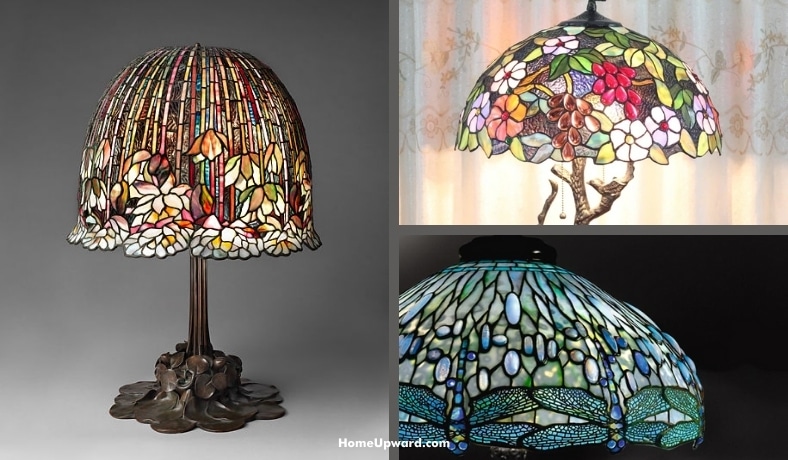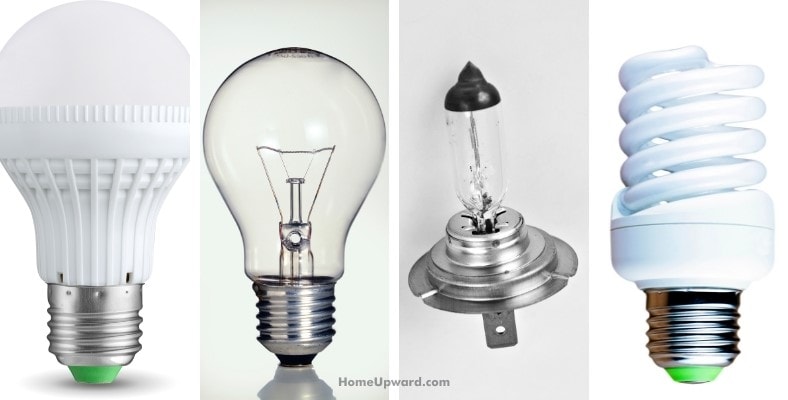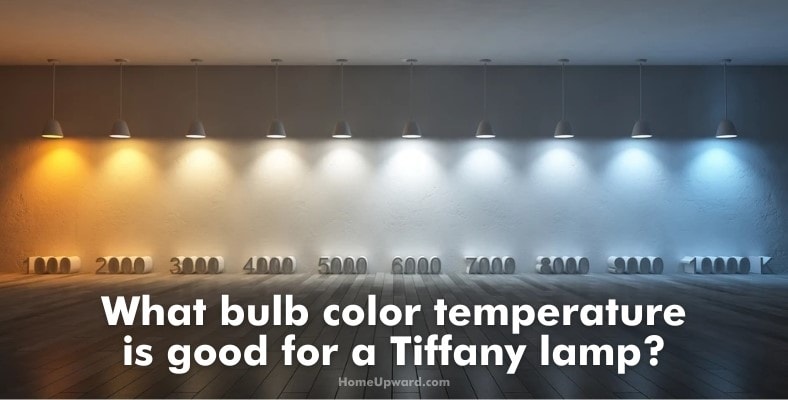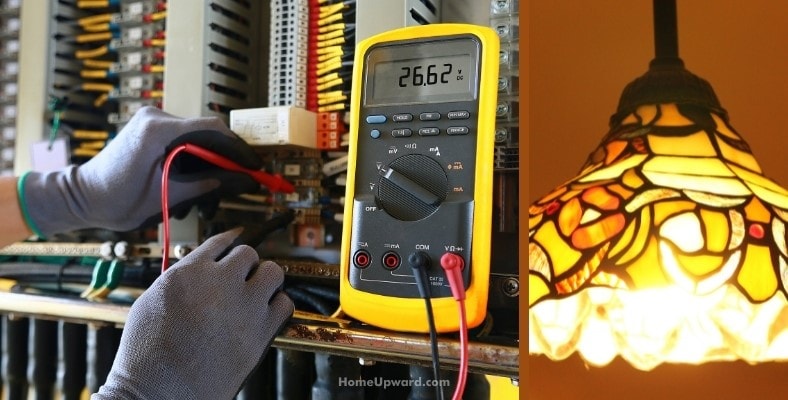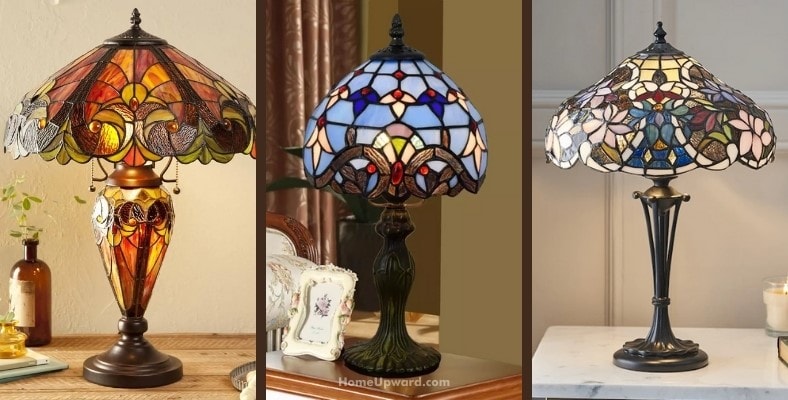Contents
What kind of bulb does a Tiffany lamp use?
Lightbulb Cap Fittings
The lightbulb cap is the piece that connects the bulb to the lamp’s socket. There are 10+ lightbulb cap types. However, generally speaking, Tiffany table lamps usually take E14 Small Edison Screw (SES) bulbs. Larger table lamps and ceiling fixtures require a slightly larger E27 Edison Screw bulb.
Bulb Types
Tiffany lamps can be outfitted with one of the following bulb types:
LED Lamp Bulb
The LED lamp bulb reduces electricity usage by almost 90 percent and has a significantly longer lifespan than incandescent and CFL light bulbs. It produces the same amount of light as an incandescent bulb for 5x less wattage and comes in a variety of colors and temperatures.
Halogen Lamp Bulb
Halogen bulbs emit a sharp, bright light that uses about the same amount of power as incandescent bulbs. This bulb can burn hotter than traditional light bulbs which I don’t recommend to use due to the carefully colored glass of a Tiffany lamp.
Compact Fluorescent (CFL) Lamp Bulb
CFL bulbs are significantly cheaper than LED bulbs and have a life expectancy of 8,000 hours. They give off a warm, diffused light that doesn’t do much to enhance the stained glass of a Tiffany lamp.
Tungsten (Incandescent) Lamp Bulb
These bulbs are familiar to most people because they have been around for a long time. While bright and inexpensive, they consume more energy than other available options and cost more in the long run.
What bulb color temperature is good for a Tiffany lamp?
You should take into account the style and lampshade color of your Tiffany lamp before deciding on the light bulb you’re going to install.
Colored stained glass lampshade bulb
The bright, vivid colors of a Tiffany table lampshade look best with a lower wattage light bulb. The strength of traditional, higher wattage bulbs can wash out the colors of the stained glass and create a bright, unpleasant glare from the inside. They can also damage or crack the glass over time.
Ultimately, the best choice for brightly colored Tiffany lamps is a warm white LED light bulb. This will provide a good amount of light without dulling the stained glass colors and won’t hurt the hue of the color you see due to a bulb color temperature that negatively affects the color range seen by your eyes.
Clear glass lampshade bulb colors
While it isn’t necessary to protect clear glass lampshades from being washed out, a lower wattage bulb is still the preferred choice to avoid damaging the lampshade.
How much electricity will my lamp bulb use?
A 4W or 6W LED bulb for a table lamp will produce between 220-400 lumens. Larger table lamps or floor shades typically need a 10W LED bulb, which produces 700 lumens.
In comparison, to produce 200-400 lumens, an incandescent bulb will require 25-40W, a halogen bulb would require 18-28W, and a CFL bulb would need between 6-9W.
Long story short, you should expect less than 15W power use by your lamp unless you’re using higher wattage bulb.
Where to put your lamp to avoid problems
Now that we’ve addressed which light bulb is preferred for Tiffany-style lamps, let’s talk about where to put your lamp to avoid accidents and keep it in pristine condition.
Tiffany-style lamps are fragile works of art that also happen to be enjoyable, functional pieces of furniture. Because of this, it’s important to place a table lamp on sturdy end tables or furniture out of high traffic areas in your home.
Tiffany floor lamps should be placed in a low-traffic corner or a room that doesn’t have frequent foot traffic as well. This especially helps the lamp avoid being bumped, rocked, or cracked by pets, children, or nearby adults accidentally.
Where to store a Tiffany lamp
When storing your Tiffany lamp, you’ll want to avoid places in your home like the attic or basement unless they’re climate controlled. Drafty rooms that experience unregulated temperature fluctuations can crack or shatter the glass lampshade and tarnish the metal base.

